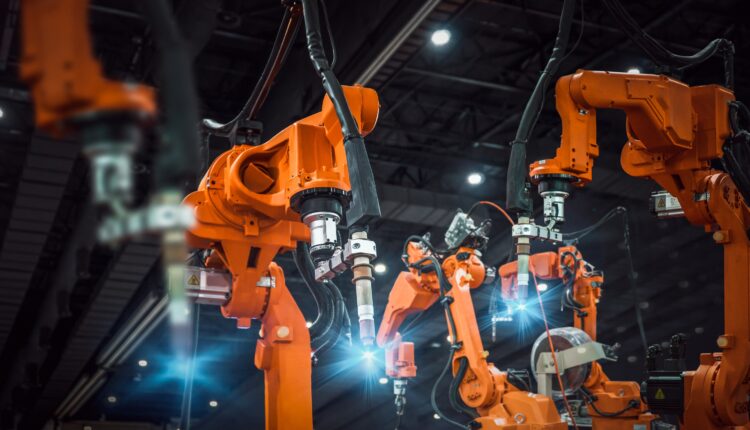Top 3 tips to tackle supply chain labour challenges
Vibhu Kapoor, Regional Vice President, Epicor, on how to streamline your business process

In the Middle East, we are faced with supply chain labour challenges not too dissimilar to those globally. But what is unique to the region however is due to the large emigrant workforce. The pandemic saw employees leaving for their homeland, leaving their roles to find better opportunities, or diversifying their skill set into other areas.
In response, businesses regionally are a placing a lot of importance on anticipating and minimising labor-related risks in their supply chain. Organisations are increasingly looking at alternating their processes & controls, that were human dependent. The idea is to explore automation and a more hybrid model of human and machine process. This is where that software solutions and industry 4.0 technologies hold the answer.
Implement an automation process
Until not so long-ago, companies invested in technology largely because it improved productivity and reduced costs. Manufacturing is one of the main industries facing these challenges with demand for labour outpacing supply, automation is now a prerequisite for business process continuity.
The effective solution for businesses to overcome manufacturing labour shortages is to implement automation through a vertical approach to software solutions. Defined as:
Data capture – capturing data can be simplified with automatically using machine reading and measuring systems, barcodes for quick scanning, machine learning that automatically reads populates data.
Monitoring & controlling – of process and controls systems so they can have benchmarks set, send out auto alerts by chosen delivery model, allow benchmarked transactions and escalate exceptions and control machinery and alert on any deviations or specific parameters.
Measuring and analysing – to utilise intelligence and analytics that can also be used to slice and dice data, understand trends, spot opportunities, and eventually maximise revenue. Dashboards and reports can reveal status updates across the entire enterprises supply chain and provide detailed data that can be relied upon and quickly actioned. Operations that were once reliant on manpower can now be automated resulting in greater efficiency and competitiveness.
At Epicor for example, we developed Epicor Kinetic to intuitively personalise and integrate with your existing business platforms, whether you are looking to find new ways to replace manual processes, see the full picture of your business performance and need to access data from multiple systems such as an accountancy platform (APS) or empower your users with access to self-serve business data such as configure price quote (CPQ) we enable businesses to track work progress in real-time, improve technical data processes and increase automation and insights, all while maximising business revenue.
Choose a reliable partner
As I have alluded to above, part and parcel of adopting the right software solution is having a trusted and reliable partner that will help you create the right solution for your business. This is where ERP (Enterprise Resource Planning) is key, especially for those in manufacturing and distribution. The right partner would bring their industry experience, challenge you at every stage and align your business processes towards best practices, with the right mix of technology. This would not only help you prepare for the change required with new technology across people and processes, but also ensure the goals you want to achieve and will work with for the right solution to help you manage day-to-day business activities across accounting, procurement, project management and of course supply chain operations.
The holistic effect of a right partner? A more efficient and streamlined supply chain that is less reliant on a human workforce.
Protect your workforce
My final point focuses on how automation can benefit workers, in turn allowing companies to shield against labour challenges.
Fundamentally, it gives manufacturing and supply chain companies the opportunity to better use their resources, but also provides employees with more rewarding employment. This is because the introduction of new technology has altered the way supply chains operate. Manufacturing companies are seeking employees who will bring a mixed skill set to the table, a combination of technical, soft, and physical skills required in a setting that is largely tech-run. As such, workers have greater opportunity to work in an environment that sees them learn and use diversified skills, while allowing them to be more accurate, reliable, and efficient themselves. In fact, the prospect of working for manufacturing companies whose supply chains are automated can be significantly more attractive to candidates.
In short, reducing the demands on employees can lead to greater retention and more job satisfaction, ultimately cutting back on labour shortage. However, companies will have to remain cognizant of the potential skills gap and should be prepared to upskill and train employees accordingly. There is no doubt that our supply chains of the future will need to be characterised by both resilience and responsibility.
Automation holds the key to this. It can help companies safeguard against any serious regional labour shortages, enabling them to build around their customers, help economies recuperate and ultimately support stability in supply chain.





